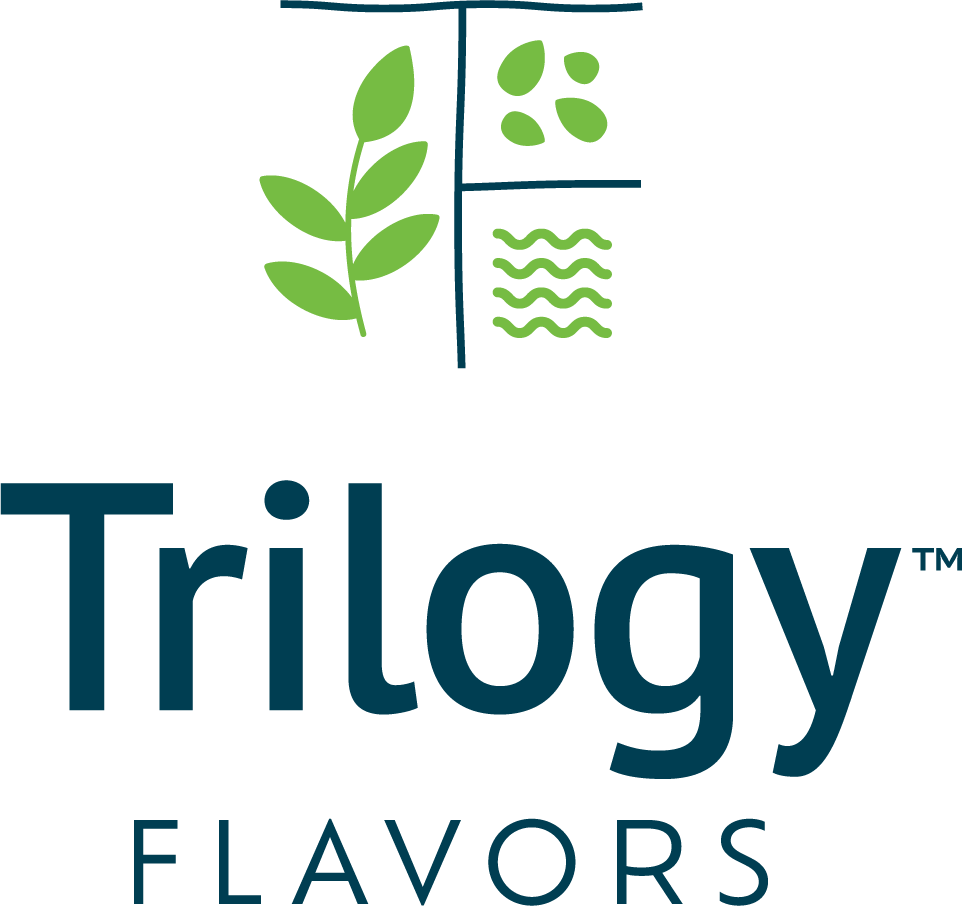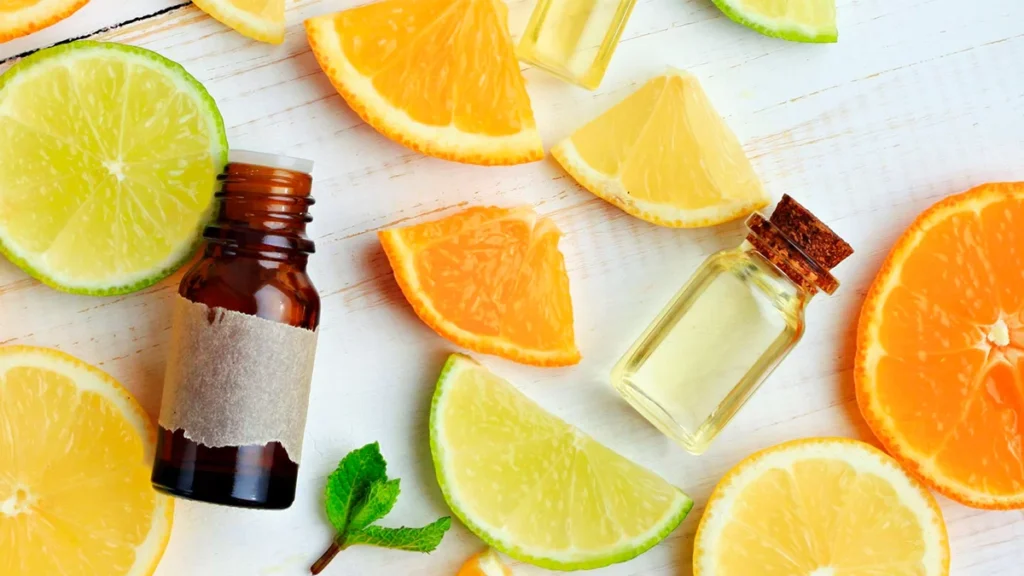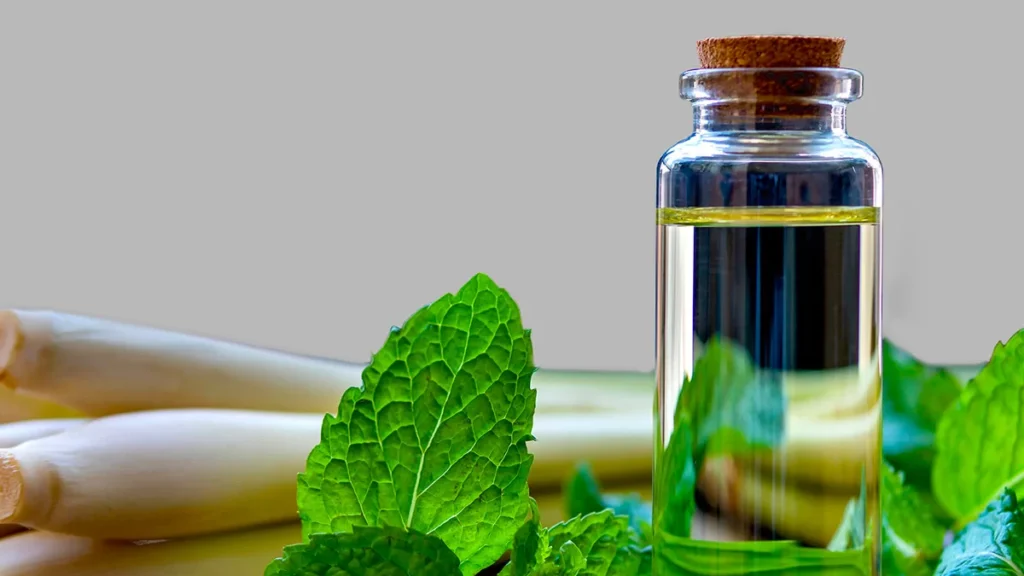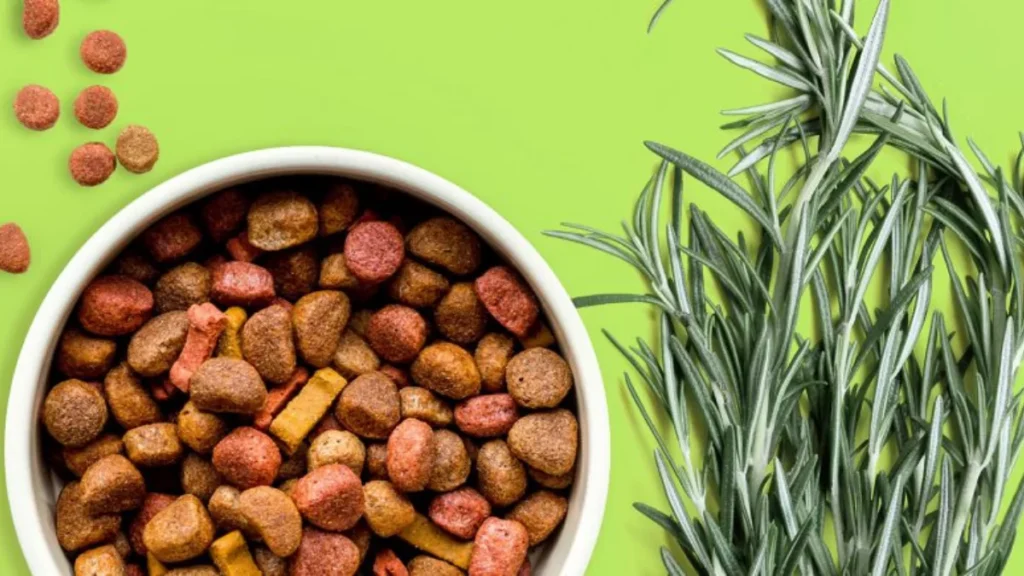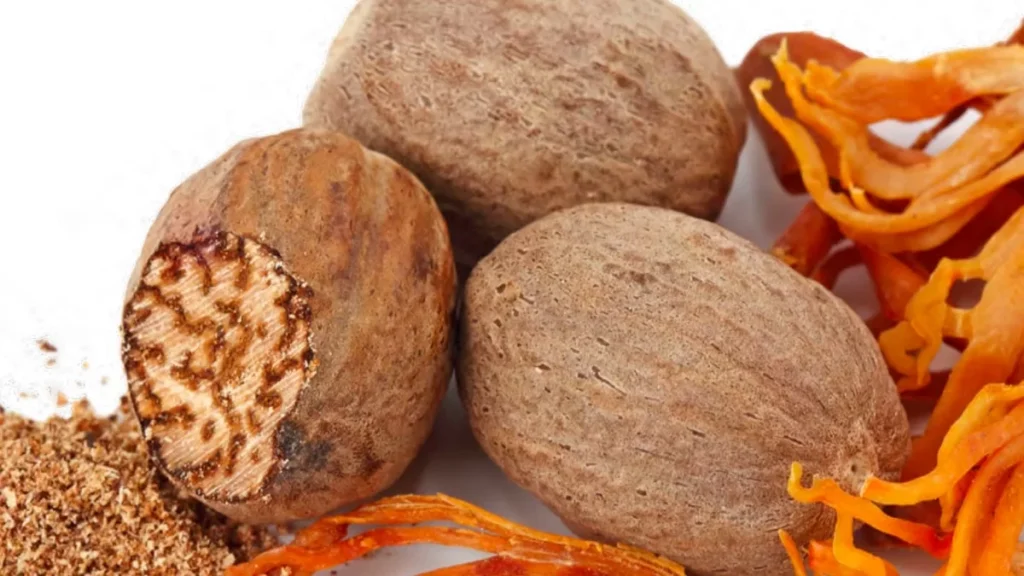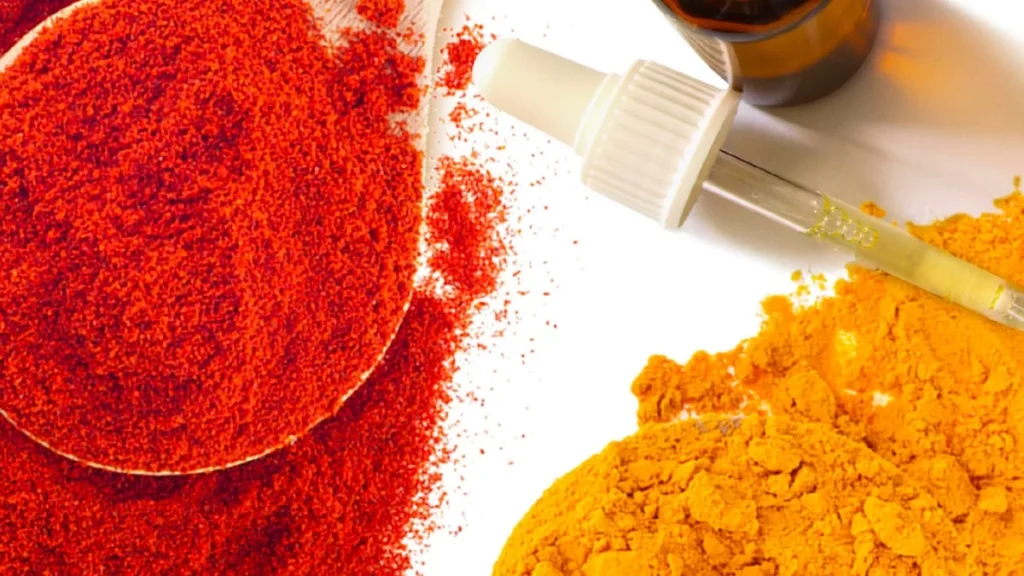Introduction – Will hard seltzer meet the same fate as wine coolers?
In the world of fashion, it is understood and accepted that trends repeat and recycle. The cyclical nature of what’s “on trend” is not limited to just clothes. History repeats itself. In the food and beverage industry, the recent rise of the hard seltzer, to some, echoes the journey of the wine cooler in the 1980s. There are several similarities between hard seltzer and the wine cooler, including: single-player market dominance, a coming-of-age health conscious generation, chill summer-loving branding, massive summer product launches, and M&A deals with multi-national brands. Will the hard seltzer go flat with time, or will it persevere as a new category in the alcoholic beverage market? Only time will tell, but for now, let’s dive deeper into the fizzy world of hard seltzer.
To understand the hard seltzer trend, one must also understand the rise of non-alcoholic sparkling water. According to the Center for Disease Control and Prevention, the number of calories consumed by children and adults from soda and other sweetened beverages has been dropping for nearly 20 years. The desire for something carbonated with less sugar, lends itself to the growing demand for water with bubbles and a little flavor. Companies that saw a decrease in consumption of soda saw an opportunity; a craving for sparkling water. For example, the current leading player, started with 7 flavors, and now has 20+ — this prevents consumers from getting bored. With traditional soda only seeing 1% growth each year since 2016, and sparkling water seeing double-digit growth, sparkling water is symbolic of a health and wellness renaissance.
For access to market data and flavor solutions, please subscribe to our newsletter.
What is hard seltzer? How is it made?
Some may believe that hard seltzer is simply sparkling water with a splash of a clear distilled spirit, like vodka. However, this is largely untrue for the industry. Hard seltzer is fermented like beer, which is why many breweries also have a line of hard seltzers. First, a mixture of gluten-free grains and sugars is fermented into alcohol. Next, the alcohol is purified to remove odors, colors, and off-tastes. The finished alcohol base is then mixed with water and flavor. Some brands also have a non-flavored, or “plain,” hard seltzer. The use of a fermented base rather than a distilled spirit keeps the alcohol percentage lower than a spirit drink. It also helps to keep the price of hard seltzer lower as fermented alcoholic beverages are taxed differently than distilled products.
Quick Market facts
- The hard seltzer industry is valued at one billion US dollars
- The primary demographic of hard seltzer consumer is men & women ages 21-35
- While beer has traditionally been marketed towards men, hard seltzers are marketed to both men and women with strong social media presence on channels like Instagram, Tik Tok, Twitter, and Youtube
- Currently, hard seltzer holds 3.4% of the total share of the beer, flavored malt beverage, and cider market. Although this seems small, the rapidly increasing popularity of the product hasn’t gone unnoticed by large players in the market. Multi-national, multi-billion dollar companies have launched their own product lines
- The hard seltzer leading brand, which was introduced in 2016 saw sales increase by 250% in 2019
Why are people drinking it?
With health now being the number one concern among Americans, hard seltzer has become a great option for consumers. Consumers are seeking mindful drinking occasions whether it be abstaining from alcohol or consuming lower calorie beverages. Among US Alcohol Drinkers, 68% of 22-44 year olds prefer buying alcoholic beverages with nutritional information clearly explained on the package vs 48% of drinkers age 45+. Mintel’s 2018 Global Food & Drink Trend Full Disclosure states: “The post-truth era has led consumers to demand complete and total transparency from food and drink companies”. However, nutritional transparency on-pack is something global alcohol brands have avoided, unlike food and soft drinks.Hard seltzer brands have stood out for clearly marketing nutrition information on packaging. Brands place nutrition and health information front-and-center, highlighting low calories, low carbs, and low sugar content. One of the reasons that hard seltzer is popular amongst the millennial crowd is that it is similar to beer in terms of alcohol percentage and serving size, but has fewer calories and carbohydrates. On average, hard seltzers have just over 100 calories. Around a quarter of white and dark spirits drinkers in the United States are reducing intake in order to watch calories. 26% of US adults who are drinking less white spirits and 24% who are drinking less dark spirits are doing so to reduce calorie intake.
In addition to health, feel-good summer branding has driven consumption. There is a strong association between flavored alcoholic beverages and the summer season. The summer of 2019 was, unofficially, the summer of hard seltzers. This presents an opportunity to capture, and execute on pack, the summer feel-good mood associated with the segment. The majority of spiked seltzers were launched during the summer months. However, it is also important to note that half of US consumers consider an ideal flavored alcoholic beverage to be for drinking while relaxing at home, regardless of season. To capitalize on this usage behavior, brands must ensure that their marketing triggers the summer mood that is valued by users. This would potentially extend usage outside of the summer season to drive incremental usage year-round.
Conclusion
With sales tripling in 2019, hard seltzer as a category is not going anywhere anytime soon. Only 6% of US households have bought hard seltzers as opposed to 70%+ when it comes to beer. As the US has entered an era of conscientious consumption, hard seltzer goes hand-in-hand with consumer focus on health and wellness.
Sources
Lightspeed/Mintel Food and Drink Platform
Mariker, Sheila. (2019, July 13). The Seltzer Bubble. New York Times. Retrieved from http://nytimes.com
Huddleston, Tom Jr. (2019, December 5). How White Claw and the hard seltzer craze are taking on beer – and taking over America. CNBC. Retrieved from http://cnbc.com (edited)
